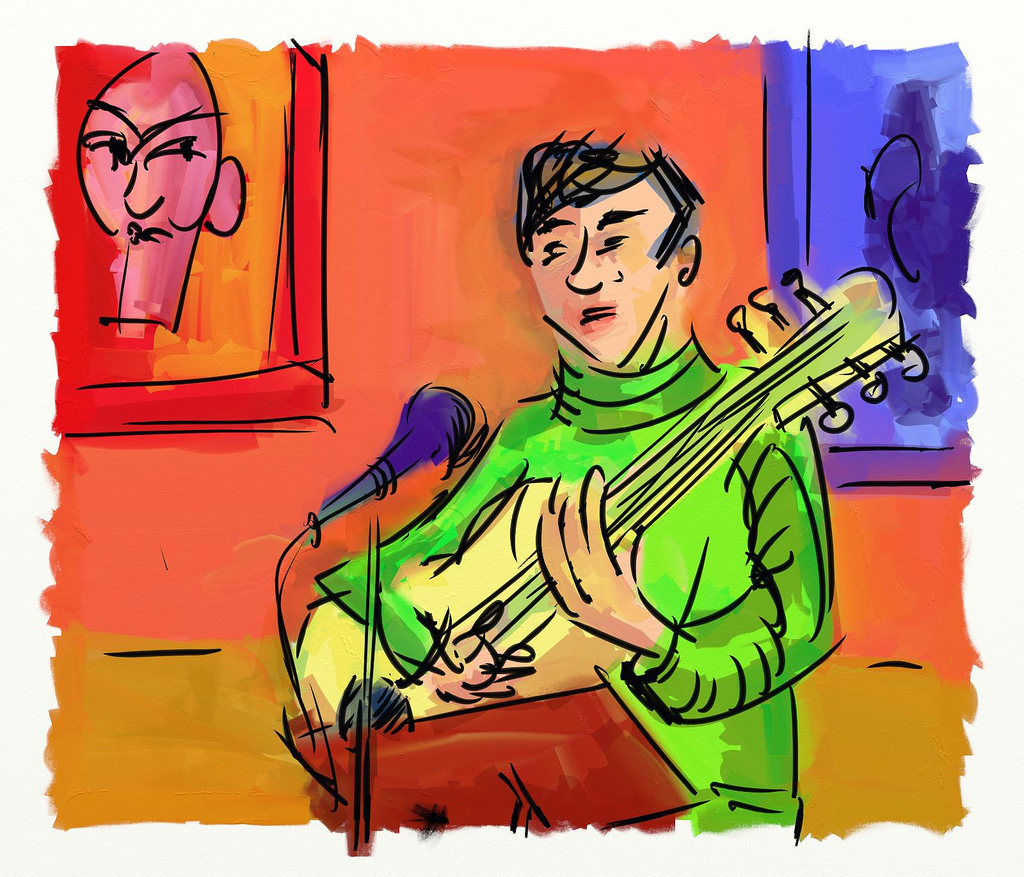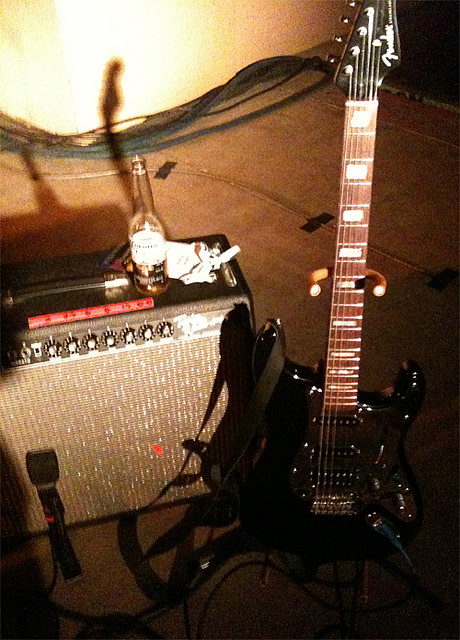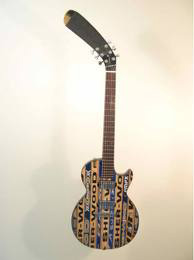Walking past a music store a person can develop strong desires to play an instrument. A favorite song pops into the head, visions of groupies lining up to hear the latest tune roll forth, and the thump of the bass sound invades the body so that even walking happens in rhythm. For all that want and desire reality hits. It takes practice to learn the chords. No worries. One can learn to play the guitar in one day.
A music store online or out on some boulevard becomes a place where one needs to make a relationship with the staff. They know things and want one to succeed. Your success is their business. A beginning guitarist needs a good basic guitar. Walking around the store makes for many temptations, but staff can guide one to the best guitar for their individual body and needs.
First Position
The best position of a beginning guitarist is sitting down on a stool or wooden kitchen chair with no arms. A chair or stool with railings becomes preferable since it lets one get in a good position by propping one or both feet. Sit in the chair and elevate one or both knees above your hip just a bit. Notice the curve of the body of the guitar. Look at the sound hole where one will be strumming the strings. Place the curve of the guitar on the right thigh. Glance lovingly up the neck to the head where tuning keys lie. Place the left hand just below the head on the first fret. Now relax the body by taking some deep breaths.
Fingerings
A basic guitar has six strings-numbered. String one lies closest to a person’s feet and plays the high melodic E. String six lies closest to your head and plays the throbbing low bass note E. For the chord play in this article one needs string one, string two, and string three. Take the first finger and place the tip of it near the first fret bar on string two. Press firmly like when one hugs their favorite loved one. Use your finger or a pick and strum only the three bottom strings. Stroke downward in a steady rhythm paying attention to each string. The chord is modified C.
Roll the first finger down to string one. Only stroke the three bottom strings slowly and steadily. The name of this chord is modified G7. To play a song strum modified C four strokes and then change to modified G7 for four strokes. Continue stroking back and forth between the chord sets until smooth and silky.
Sheets
Music for guitar comes in a variety of ways and the music store whether online or on the strip will have choices for one. Standard formats come in sheets and have the music staff, the notes, and the chords. Most guitar players at the least like a line of lyrics with some slash marks and chords up above. Eventually a few tunes one will memorize. Guitar players like to do things in groups and share freely their techniques. So prepare for acquiring some interesting friends. Below is a folk song that uses the two chords from above. Slash marks mean strum on that word or if it has more than one slash mark; hold that word and strum the amount of slash marks shown. The chord above a word means play that chord and continue to strum that chord until the chord changes. If one does not know the tune it is found in a variety of ways on YouTube. Just type in a search engine box Tom Dooley YouTube and the songs will appear. Lyrics and chords are courtesy of www.cowboylyrics.com.
Tom Dooley?
C
/ / / / / / //
Hang down your head Tom Dooley
G7
/ / / / ////
Hang down your head and cry
G7
/ / / / ////
Hand down your head Tom Dooley
/ / / / ////
Poor boy you’re bound to die.
Attached Images:
- License: Creative Commons image source
Justin Miller is a professional blogger that writes for Jamplay.com. JamPlay is a leading online music educator offering 2,000+ guitar lessons for beginners online in HD.


